Enhanced Operational Efficiency
Operational efficiency is a critical driver for the connected aircraft market, as airlines seek to optimize their operations and reduce costs. Connected aircraft technologies enable real-time monitoring of aircraft systems, allowing for predictive maintenance and minimizing downtime. This capability can lead to substantial cost savings, with estimates suggesting that predictive maintenance can reduce maintenance costs by up to 30%. As airlines increasingly recognize the financial benefits of operational efficiency, investments in connected aircraft systems are likely to rise. This trend indicates a strong potential for growth within the connected aircraft market as airlines strive to enhance their operational capabilities.
Regulatory Support and Compliance
Regulatory frameworks in the US are increasingly supportive of the connected aircraft market, promoting the adoption of advanced technologies. Agencies such as the Federal Aviation Administration (FAA) are establishing guidelines that encourage the integration of connectivity solutions in aviation. Compliance with these regulations not only enhances safety but also fosters innovation within the industry. The FAA's initiatives to streamline certification processes for connected systems are expected to facilitate market growth. As regulations evolve, the connected aircraft market is likely to benefit from increased investment and development of new technologies that align with safety and operational standards.
Technological Advancements in Aviation
The connected aircraft market is experiencing a surge due to rapid technological advancements in aviation. Innovations such as satellite communications, Internet of Things (IoT) integration, and advanced data analytics are transforming how aircraft operate. These technologies enable real-time data transmission, enhancing operational efficiency and safety. For instance, the implementation of satellite-based connectivity solutions is projected to grow at a CAGR of 15% through 2027, indicating a robust demand for connected aircraft systems. As airlines and manufacturers invest in these technologies, The connected aircraft market is likely to expand significantly. This growth is driven by the need for improved passenger experiences and operational capabilities..
Increased Focus on Passenger Experience
The connected aircraft market is significantly influenced by the growing emphasis on enhancing passenger experience. Airlines are recognizing that providing a superior travel experience is essential for customer retention and brand loyalty. Features such as personalized in-flight entertainment, real-time flight updates, and improved connectivity options are becoming standard expectations among travelers. As a result, airlines are investing in connected aircraft technologies to meet these demands. Market analysis suggests that airlines that prioritize passenger experience through connectivity solutions may see an increase in customer satisfaction ratings by up to 25%. This focus on passenger experience is likely to drive further growth in the connected aircraft market.
Growing Demand for In-Flight Connectivity
The demand for in-flight connectivity is a primary driver of the connected aircraft market. Passengers increasingly expect seamless internet access during flights, prompting airlines to invest in advanced connectivity solutions. According to industry reports, the in-flight connectivity market is anticipated to reach $8 billion by 2026, reflecting a growing trend among airlines to enhance passenger satisfaction. This demand is not only limited to leisure travelers but also extends to business travelers who require reliable connectivity for work. Consequently, airlines are prioritizing the implementation of connected aircraft technologies to meet these expectations, thereby propelling market growth.


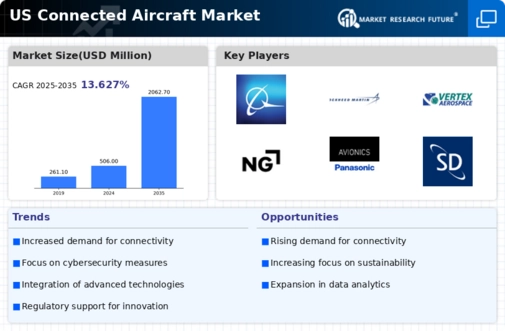
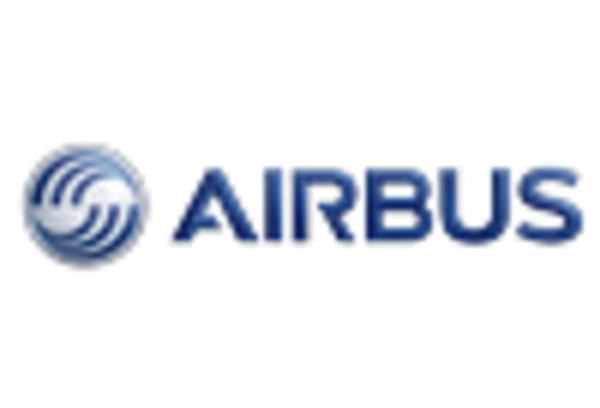
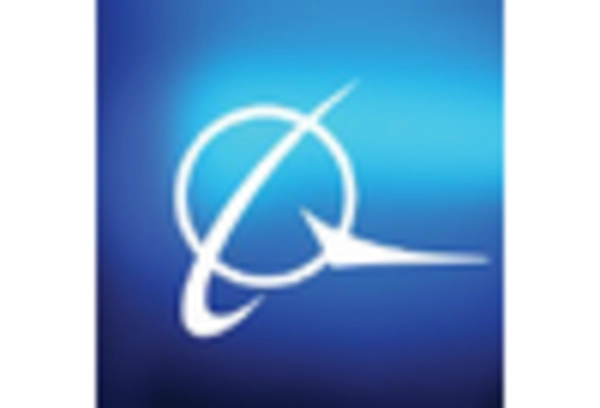
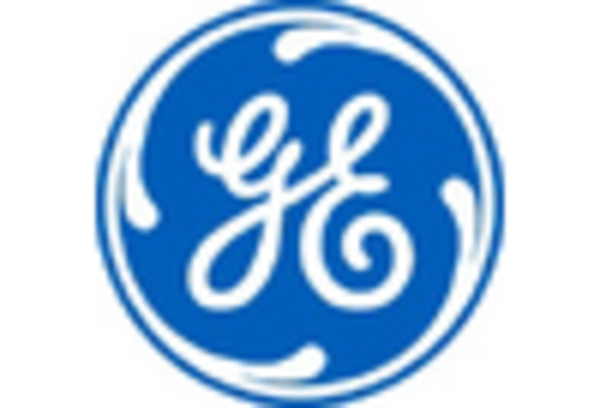
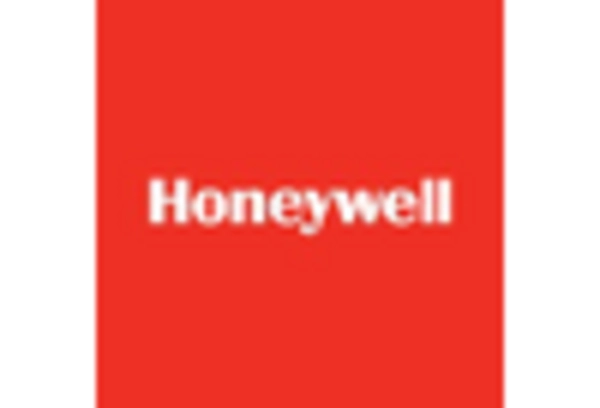
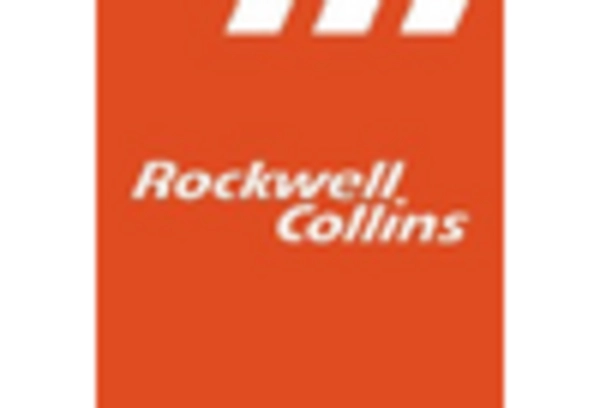
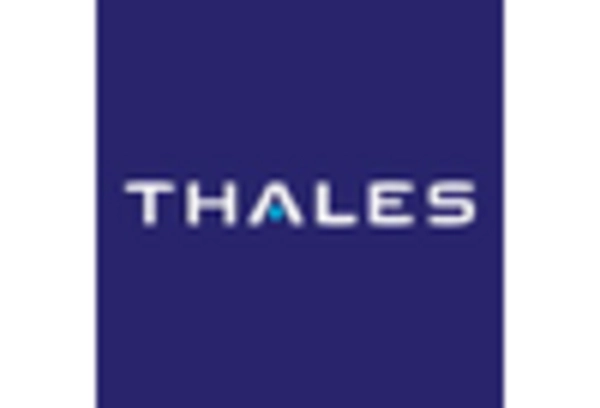








Leave a Comment